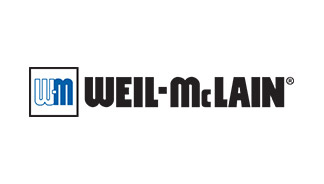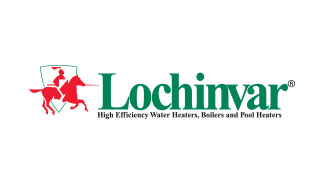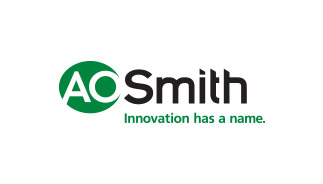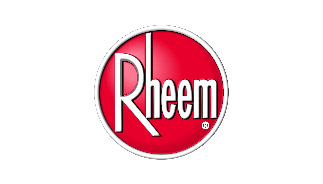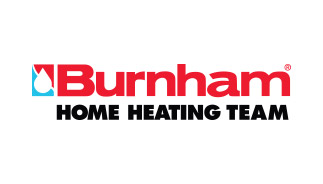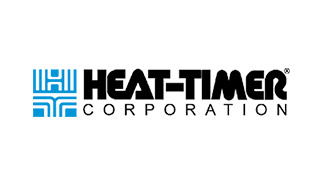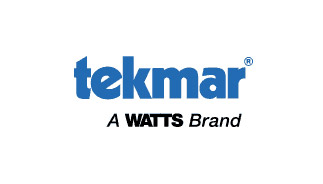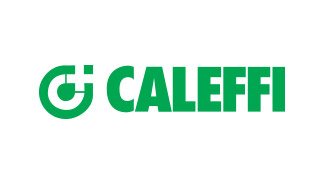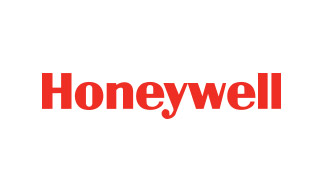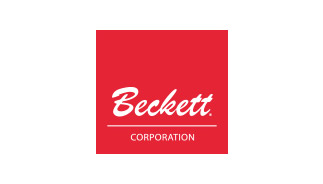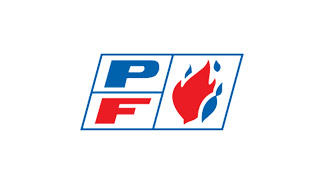Published on
September 9th, 2021Commercial Steam Boiler Maintenance: What to Do Between Professional Service Visits
Commercial Steam Boiler Maintenance: What to Do Between Professional Service Visits
The boiler is an essential part of large New York City properties because it provides both heat and hot water. Yet, it’s easy to overlook upkeep, which leads to problems that affect the way it functions. Here are some tips on commercial steam boiler maintenance from the professionals at Calray Boilers, experts for nearly a century at keeping boilers running in tip-top shape. While your commercial boiler should be serviced twice per year at the start and end of heat season, adhering to this checklist on your own in between professional appointments will reduce problems and extend the life of your boiler system.
Commercial Steam Boiler Maintenance Checklist
Look for leaks
A leak should put you on notice that something is amiss with your boiler, but often we find clients simply setting a bucket underneath and forgetting about it. Leaks can come from a number of sources:
- The boiler tank itself, usually due to age and corrosion
- Pipes and connections, which can wear through or become loose
- Gaskets and seals that harden and crack, allowing water to drip
Assess pressure gauges
Our boiler experts can determine the optimum boiler pressure for your particular model and building anatomy. Run your boiler at its full operating temperature, and make sure the pressure is in the proper zone.
If the pressure is too low, you won’t produce adequate steam. If it’s too high, you have a dangerous problem on your hands. At this point, the boiler must be shut down until it’s fixed.
This is the perfect time to wipe all sight glasses and visuals on the boiler so they’re easy to read.
Watch for valve obstructions
Valves control the flow of liquid between two areas, and as such, they are subject to accumulating mineral scale from hard water and any sediment carried their way. This can create blockages that impair their function.
You need to clean or replace any valves that aren’t operating correctly. Minor amounts of hard water lime buildup can be removed by soaking the valves in vinegar or lemon juice.
If scale and sediment are common problems for your system, make sure you have strainers in the proper places along your water distribution lines. A water filtration system upstream from your boiler can eliminate unwanted minerals. You may also want to treat the water used in closed boiler heat loops.
Evaluate the burner and combustion process
Incomplete combustion with your boiler fire can produce carbon monoxide, which can cause illness and fatalities in the area of your boiler room. Your burner should display a blue flame, not yellow, and there should be no soot accumulating in that area. Flame patterns should be uniform too, otherwise, your burner needs cleaning.
Be sure exhaust pipes and vents are clear
Another way carbon monoxide can reach unsafe levels in the boiler room is if there is a blocked exhaust pipe, vent, or flue. Normally, combustion releases only minute amounts of carbon monoxide, but if it’s not removed from the space, it can build to dangerous amounts. Blockages also affect the efficiency of your boiler.
Make certain pumps are running smoothly
Commercial boilers tend to have at least a couple of pumps integrated into the system. You may have one to pump hot water to units, another to operate your steam traps to capture returned radiator condensate, and another to feed water to the boiler whenever it’s low. There are multiple things to review with these pumps:
- Check that all wiring is not worn or frayed. Any plugs to outlets should fit tightly and not show any wear either. Use of pumps should not trigger your circuit breakers.
- There should be no noise or excess vibration coming from the pumps. Check and tighten all mountings and straps. Interior noise should be addressed by a pump specialist like our partners at Antler Pumps.
- As with the rest of the boiler system, seals, gaskets, and O-rings should be flexible and fit tightly, with no hardening or cracking.
- Sensors and float rods that trigger the pumps should not be stuck to any surface and should operate properly.
Test steam traps
Most of our customers these days have a steam trap system to catch condensate that results from cooling radiator steam. Like the rest of your pipes, steam traps need to be free of leaks and clogs. This is another place where mineral scale can build up and impede the flow of liquid back to your boiler. As mentioned above, the pump that operates your condensate return mechanism must be operating properly too.
Run safety checks
Every commercial boiler system has its own set of safety devices that will shut down the boiler and/or alert you if the boiler heat or pressure gets too high or if the boiler is surging or running dry. Make sure all your pressure relief valves are running correctly and that your safety system is ready in case of a dangerous situation.
While you’re doing a safety check, test smoke and carbon monoxide detectors too. We recommend having a thermometer in the boiler room. Pumps, in particular, can be sensitive to too much heat and shut down if the room overheats. A thermometer lets you monitor the temperature and cool things down before that happens.
Calray Boilers
NYC’s hyper-local, blue-chip boiler experts
If at any point in your maintenance check you find a problem you can’t identify or fix, our staff at Calray Boilers welcome the opportunity to come out and help you with a diagnosis and repairs.
Also, if you feel routine boiler maintenance is outside your wheelhouse, or if you’re understaffed and overwhelmed with other tasks right now, we understand. We’re happy to educate you about the fine points of your unique commercial boiler system so you can do your own evaluations and small repairs in the future.
Don’t wait until the heating season is upon us to tend to your boiler. Now is the perfect time to run through the checklist above and schedule any work that needs to be performed by professionals. Call Calray Boilers at 212-722-5506, or use our online form to set up an appointment at your convenience.
